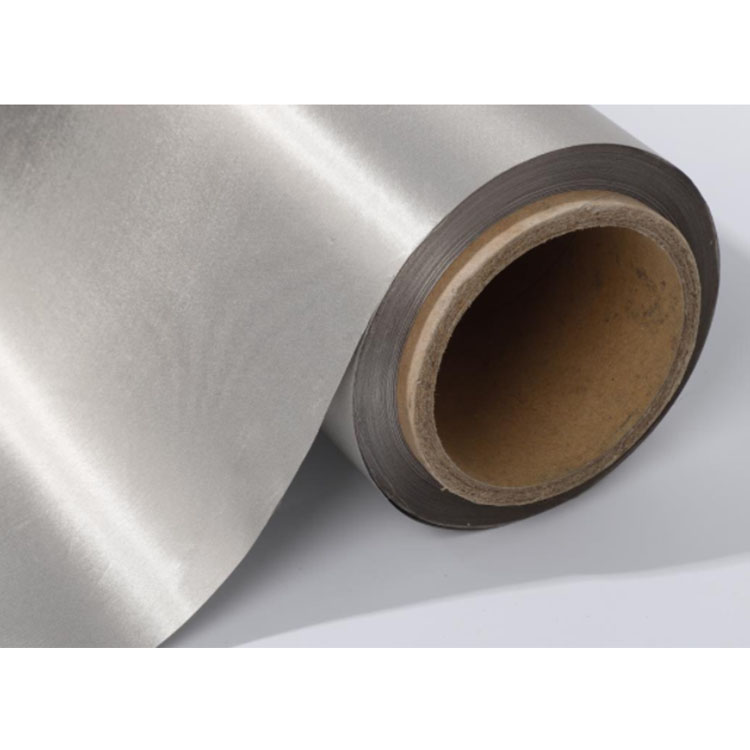ITO, Indium Tin Oxide doped with tin. It is the most commonly used thin film material for transparent electrodes in liquid crystal displays (LCD), plasma displays (PDP), electroluminescent displays (EL/OLED), touch panels, solar cells, and other electronic instruments.
Resistive ITO filmIt is a commonly used battery material, commonly used in fields such as solar cells and metal ion batteries. Resistive ITO film is composed of metal oxides and conductive materials, among which metal oxides mainly include tin, nickel, copper, etc. Conductive materials are usually aluminum oxide, titanium dioxide, gallium oxide, etc.

Resistive ITO film has the following advantages:
1. High conductivity: Resistive ITO film has high conductivity and conductivity, which can be used to improve the performance of batteries.
2. Strong oxidation resistance: Resistive ITO film has strong oxidation resistance, which can reduce the aging problem of batteries after long-term use.
3. Good stability: The resistive ITO film has high stability, which can ensure the stable performance of the battery after long-term use.
4. Simple structure: Resistive ITO films are usually composed of two or more electrode materials, and their structure is relatively simple.
5. Low cost: The cost of resistive ITO film is relatively low, which can help companies reduce battery costs and improve competitiveness.
When choosing, factors such as battery performance, cost, and lifespan need to be considered. When choosing a resistive ITO film, it is important to pay attention to selecting the appropriate electrode material and usage method.



